The Rise of Fertility Clinics and Birth Centers
Stem cell–derived gametes may be labeled by the FDA as drugs or biological products and therefore be subject to approval. As a response, fertility clinics will segregate into non–disease altering (superficial-only traits, non–FDA regulated) and disease altering (FDA regulated).
These genomics companies will patent processes of removing individual diseases from genomes, rather than developing drugs to treat or cure them. Fertility clinics offering ART will pay license fees to—or, more likely, be owned by—genomics companies.
Today there are 500 for-profit fertility clinics, about 1 for every 11 hospitals in the US. As fertilization moves out of the hospital, thousands of birth centers will pop up by 2050, at least one per hospital in the US.
At first, prospective US parents will travel abroad for embryonic implantation and germline editing for basic disease traits but will return to the US to deliver the baby.
Fertility clinics in Europe, Asia and Mexico will offer germline editing at high cost based on less stringent regulations. Those children will be born in the US as full citizens. This will become a social and political issue as groups try to stop the practice by moving to deny “enhanced” children US citizenship.
Clinics could offer a range of technologies before fertilization to predict likely embryonic outcomes. Before having a child, couples may submit blood tests to AI companies like GenePeeks to learn their future children’s genetic probabilities—and whether a union should even happen.
